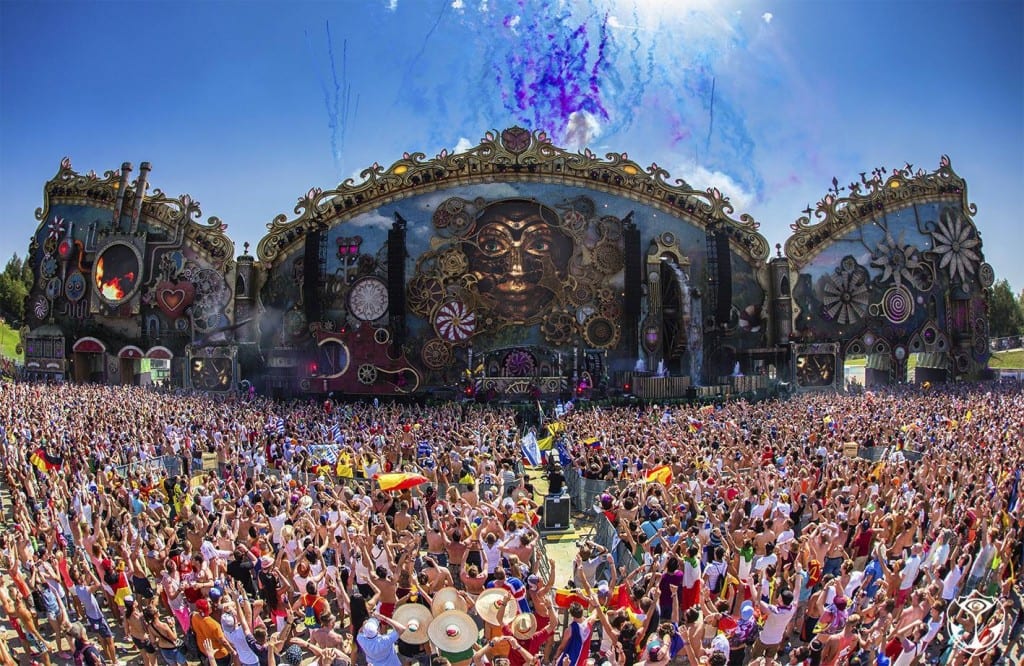
The United Nations is the global governing body that essentially attempts to manage all global affairs.
If the United Nations was fully funded why would we need the Arc or social enterprise?
In Ngaire Woods’ blog post “Four ways to change the way we lead“, Woods expresses her views on how global governance can be changed for the better. I agree with many of the viewpoints including the four changes she proposed.
- Considering the view from academia
- Overcoming the challenges of leadership
- Promoting change
- Choosing battles
The purpose of the United Nations is to maintain international peace and foster social and economic development. Although the most powerful international organization in the world is fully funded, the reason why social enterprises and initiatives such as the Arc are needed is because of Woods’ four critical points. Considering the fact that the UN is composed of world leaders with drastically different viewpoints, it is difficult for them to make decisions. With large-scale decisions, it is almost impossible to come to a consensus. If it’s already such a difficulty to make decisions, the United Nations will face even further problems in choosing which problems to solve. Let’s face it – there are way too many problems in our world for one group to solve, no matter how powerful they are.
This is where social enterprises take action. Due to the fact that the United Nations is unable to effectively handle every single issue on their radar, it is up to society to step in. Social enterprises are able to remedy global issues with their contributions, whether it be small or large. Without them, the UN would be on their own trying to solve every issue on the planet. Woods’ four points are great in theory, but very difficult to implement and ultimately idealistic. I think the UN is functioning as intended and social enterprises are simply necessary to keep Earth spinning.



















